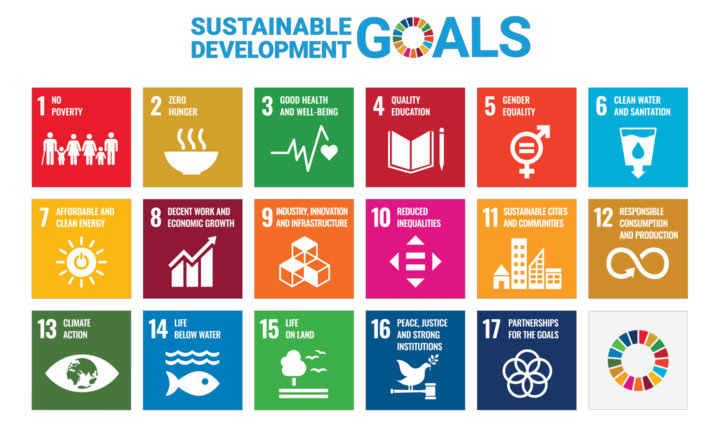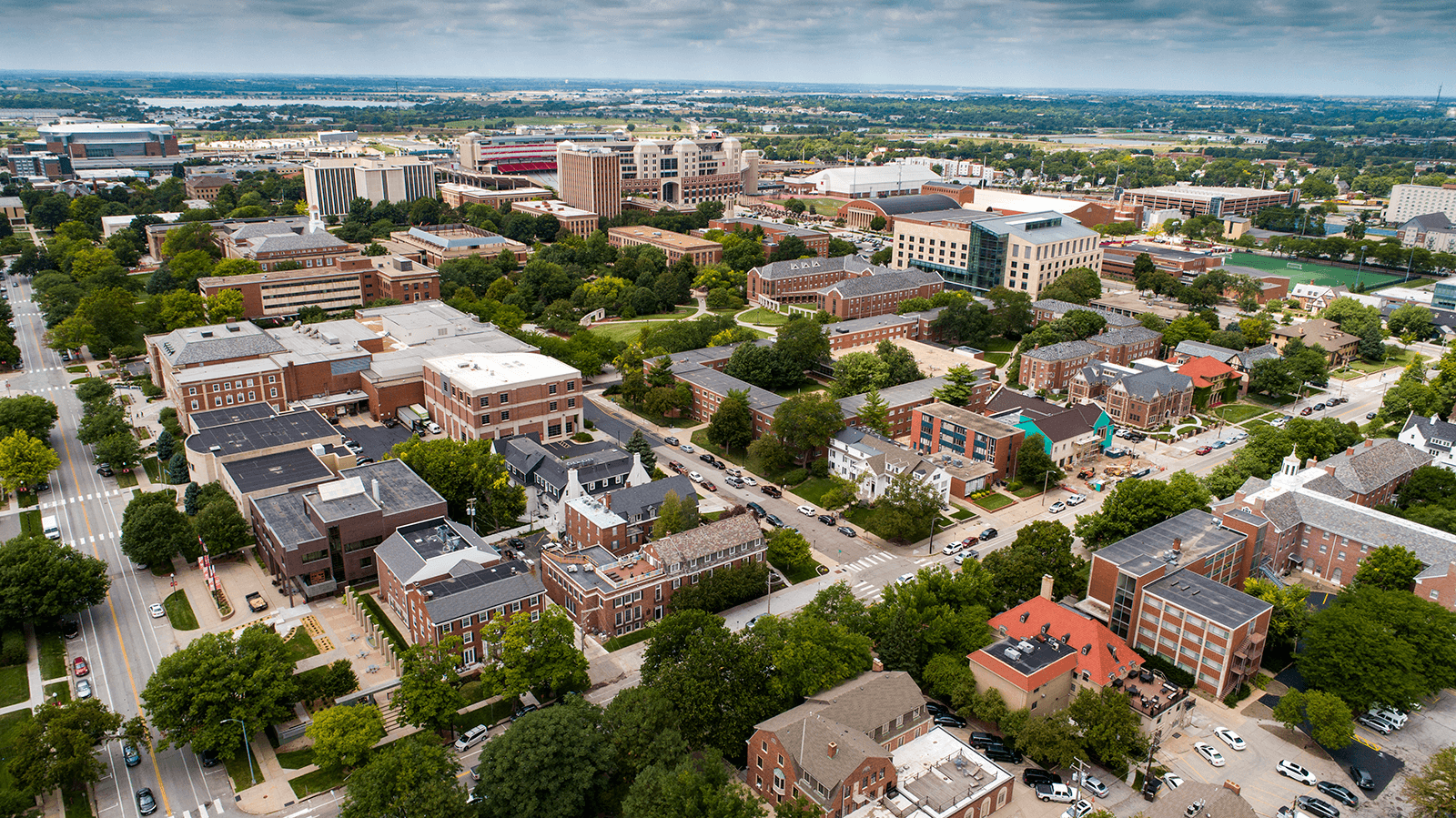Sustainability is recognized as an important priority across the globe and has prompted many organizations to adopt sustainability goals to showcase their commitment.
City
The City of Lincoln has demonstrated its commitment to sustainability through the adoption of the 2021-2027 Climate Action Plan, Resilient Lincoln. The plan includes a strategic vision of reducing greenhouse gas emissions through a variety of action areas including pursuing renewable energy and increasing public transit options. Other action areas addressed by the Climate Action Plan include local food systems, flood protection, and waste reduction. Lancaster County and the City of Lincoln have also created a Waste Reduction and Recycling Guide to help Nebraskans be mindful of their waste.
The City of Lincoln and UNL, along with Lincoln Public Schools, and the Lincoln Electric System have formed the Climate-Smart Collaborative to help maximize local sustainability efforts and build strong community relationships in the pursuit of local well-being.

State
At the state level, the University of Nebraska system is committed to sustainability in Nebraska. The University of Nebraska System Sustainability Plan is focused on increasing engagement around sustainability throughout the state, publicizing progress toward sustainability goals, and efficiently stewarding University and state resources. As a public institution and employer of many Nebraskans, the University of Nebraska system has a unique opportunity and responsibility to promote sustainability and environmental stewardship.
Additional state-wide sustainability initiatives that help contribute to the environmental well-being of the state include the Nebraska State Climate Office and the Nebraska Recycling Council.

World
The United Nations’ Sustainable Development Goals are the guiding elements of the UN 2030 Agenda for Sustainable Development that was adopted by all 193 Member States in 2015. These 17 goals target all elements of sustainability on a global scale, addressing the unique environmental challenges faced by the different geographic regions of the world. These goals do not just focus on environmental conservation; however, they also address issues of poverty, inequality, and the need for environmental justice. The United Nations Member States represent many different people, governments, and cultures across the world, showing a global interest in, and need for, sustainability.

